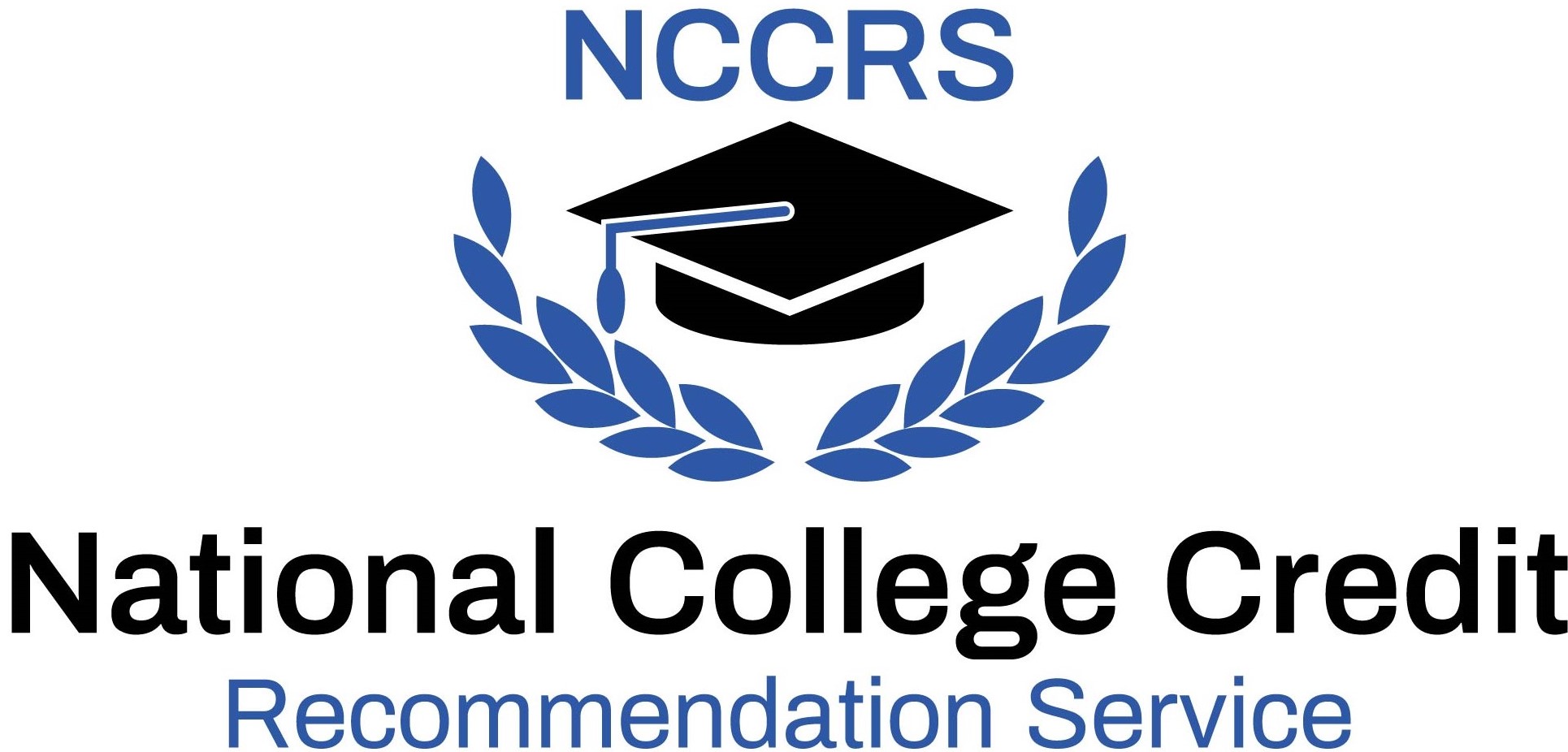Students will be able to: apply personal and environmental safety procedures, including personal protective equipment (PPE); use fire protection equipment and procedures; define electrical safety procedures; outline HVAC-specific safety procedures; define modes of heat transfer and British Thermal Unit (BTU); measure with a ruler, correctly identify fractions; calculate GPM, CFM, and CFM per ton; explain the properties of air; accurately interpret blueprints and electrical diagrams; identify, use, and maintain hand and power tools; explain basic electrical theory and codes; discuss series and parallel circuits; identify, install, and test various electrical circuits and components (thermostats, transformers, fuses, relays, etc.); solder and/or braze, and leak test tubings and fittings; set up and operate torch and equipment; properly use various piping and tubing types and fittings; identify proper duct design and sizing; fabricate a fiberglass or metal duct; install duct, fasteners, supports, and hangers; insulate ducts; identify duct fabrication tools; explain sequence of operation; properly set up and adjust warm air equipment, including verification of ignition and flame proving devices; explain flue installation and sizing, adhering to appropriate gas codes; discuss hydronic system operation and hydronic operating pressures and temperatures; identify refrigerants by pressure and temperature relationship; list system components and metering devices; measure system temperatures and pressures, including sub-cooling and superheat; recover, pressure test, evacuate, and charge an air conditioning system, according to EPA 608 Clean Air Act requirements; employ proper operation of heat pumps, reversing valve, defrost controls, and various other component functions; install and wire auxiliary/emergency heat, including outdoor thermostats; identify types of heat pumps (water sourced, air-to-air, dual fuel); identify refrigeration components and various types of refrigeration systems. Performance Component: Brazing and Soldering (37%), Refrigerant Recovery (22%), and Gas Furnace Start-Up and Check-Out (41%).







